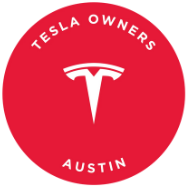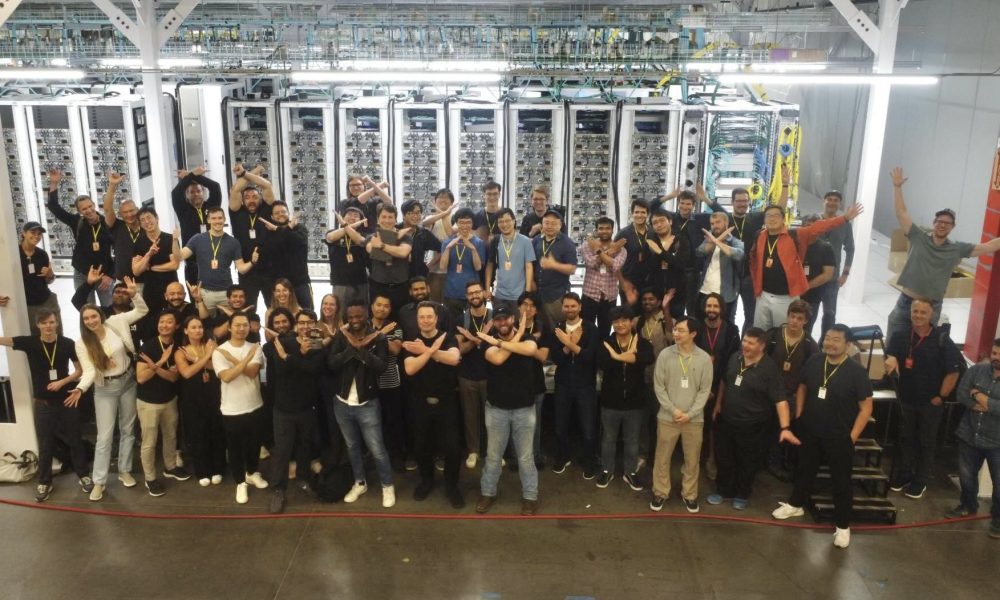China’s regulatory agency overseeing automotive standards has recently released a draft outlining proposed guidelines for door handle designs on vehicles. This move comes after heightened scrutiny of Tesla’s door handle designs in both China and the United States, prompting the electric car manufacturer to consider engineering solutions.
In response to these criticisms, Tesla’s Chief Designer Franz von Holzhausen discussed potential adjustments during an interview with Bloomberg. The company is exploring ways to integrate mechanical and electrical releases for the door handles to enhance functionality and address safety concerns.
Some Tesla models already feature mechanical latches on all doors to allow manual opening in case of a dead battery. However, additional measures may be necessary to meet the evolving standards set forth by regulatory agencies.
The Chinese Ministry of Industry and Information Technology (MIIT) has drafted technical requirements for automobile door handle safety, titled “Technical Requirements for Automobile Door Handle Safety.” This document includes guidelines such as mandatory mechanical releases for all doors except the trunk, and the ability to open side doors externally without tools.
The MIIT’s proposed standards aim to ensure adequate hand operation space for external door handles, internal handles with mechanical release capabilities, and clear identification and positioning of handles for easy access. These guidelines were developed in collaboration with the China Automotive Standardization Research Institute, which conducted extensive research on various vehicle models to establish these requirements.
In response to these forthcoming standards, Tesla is planning adjustments to its door handles to align with the new regulations. The company intends to combine mechanical and electrical releases to enhance user experience and safety, particularly in emergency situations. By integrating these features into a single button, Tesla aims to streamline the door handle operation for increased efficiency and convenience.
Overall, the proposed guidelines set by the MIIT reflect the industry’s shift towards advanced technologies and safety standards in vehicle design. As Tesla and other automakers adapt to these evolving requirements, the focus remains on improving user experience and ensuring compliance with regulatory mandates.

